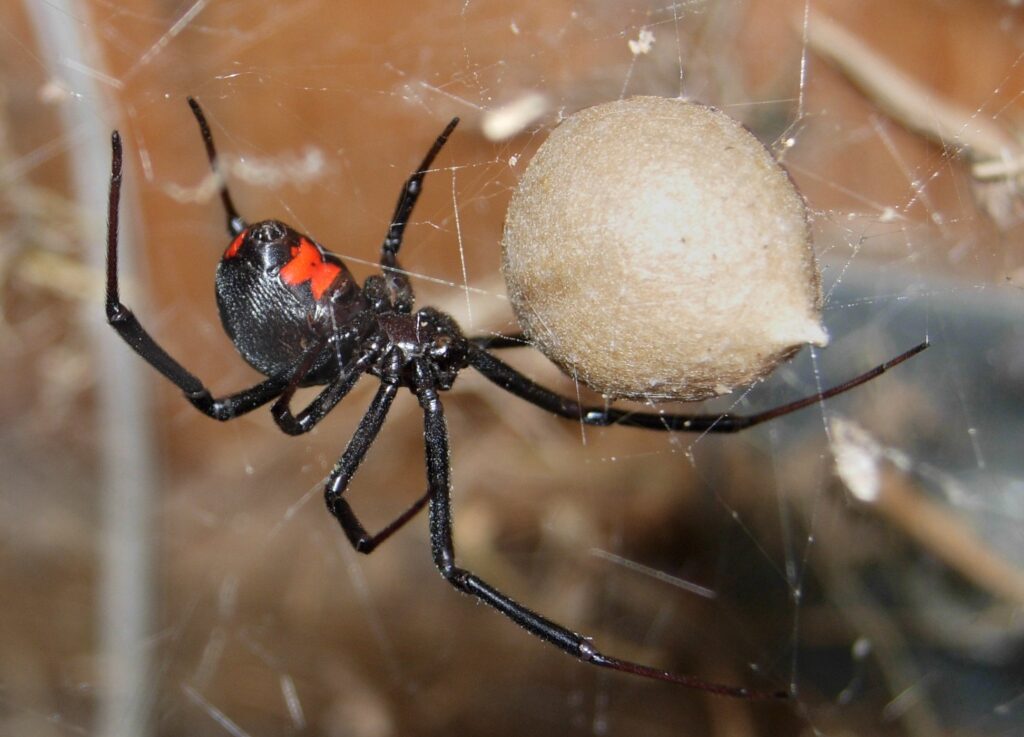When we think of venomous spiders, we often imagine them rushing to sink their fangs into any perceived threat. However, these eight-legged creatures possess a remarkable arsenal of defensive strategies beyond their notorious bites. Venomous spiders typically reserve their precious venom for hunting prey and use it against predators only as a last resort. This adaptive approach makes evolutionary sense—producing venom requires significant metabolic energy, and depleting this resource unnecessarily could leave a spider vulnerable when hunting. From elaborate visual displays to chemical deterrents and physical adaptations, spiders have evolved fascinating non-biting defensive mechanisms that help them survive in a world full of threats. Let’s explore the ingenious ways these creatures protect themselves without resorting to their venomous bite.
Playing Dead: The Ultimate Deception
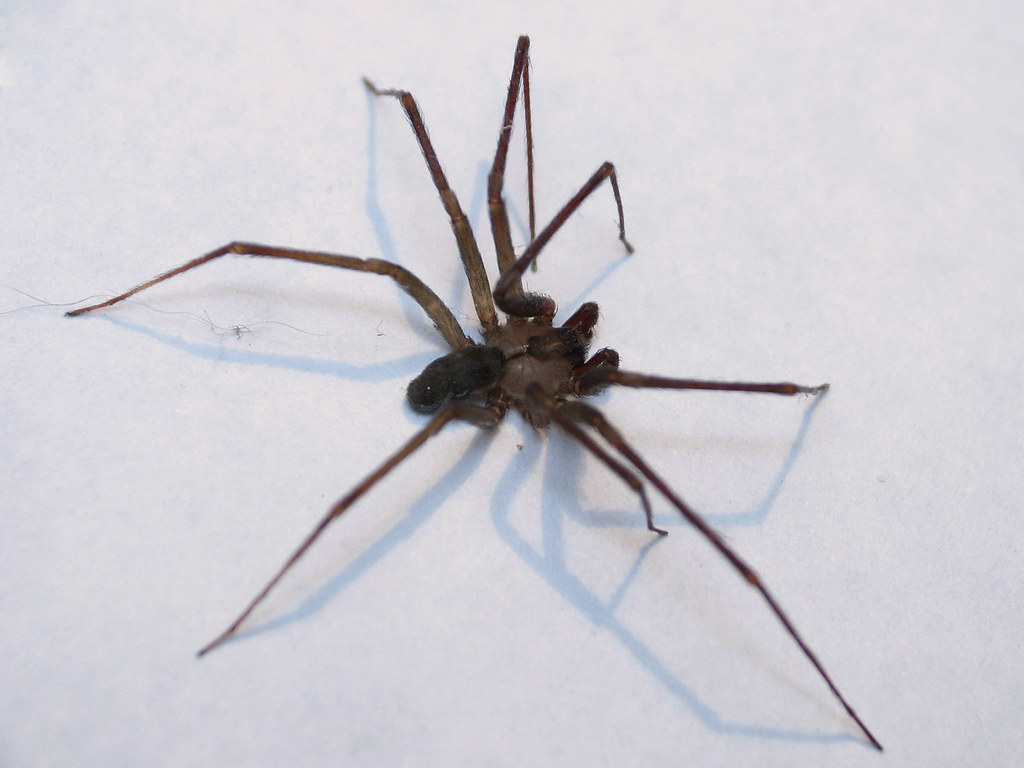
Many venomous spiders, including some species of black widows and brown recluses, employ thanatosis—the strategy of feigning death—when threatened. When confronted by predators, these spiders will immediately drop to the ground, curl their legs inward, and remain completely motionless, sometimes for extended periods. This behavior exploits the fact that many predators are programmed to pursue moving prey and may lose interest in what appears to be a dead spider. The effectiveness of this strategy lies in its simplicity—by appearing lifeless, spiders avoid confrontation altogether while conserving energy and venom. Some species even take this deception further by releasing chemicals that mimic the smell of decomposition, creating a multi-sensory illusion of death.
Threat Displays: Size Intimidation
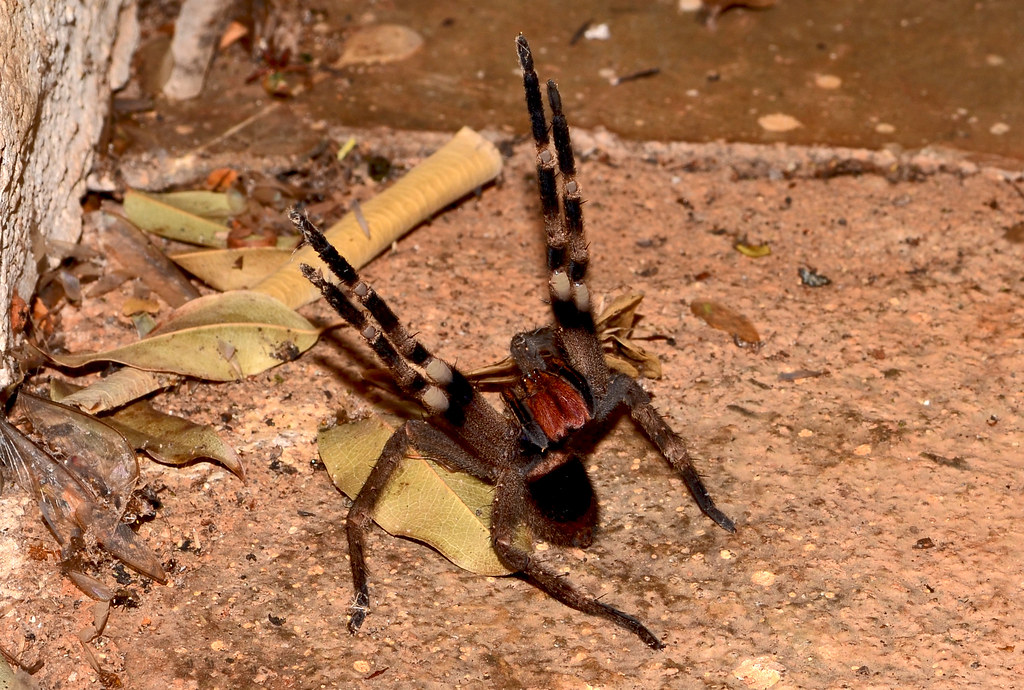
Several venomous spider species utilize impressive visual displays to deter potential threats without engaging in combat. The Brazilian wandering spider, one of the world’s most venomous spiders, performs a dramatic threat display by raising its front legs high, exposing its fangs, and sometimes even standing on its back legs to appear larger and more intimidating. The Sydney funnel-web spider adopts a similar posture, rearing up on its hind legs and displaying its fangs when threatened. These displays serve as clear warning signals to potential predators, communicating danger without expending venom. By making themselves appear more formidable, these spiders effectively convince many predators that the risk of attack outweighs any potential benefit of pursuing them.
Urticating Hairs: The Irritating Defense
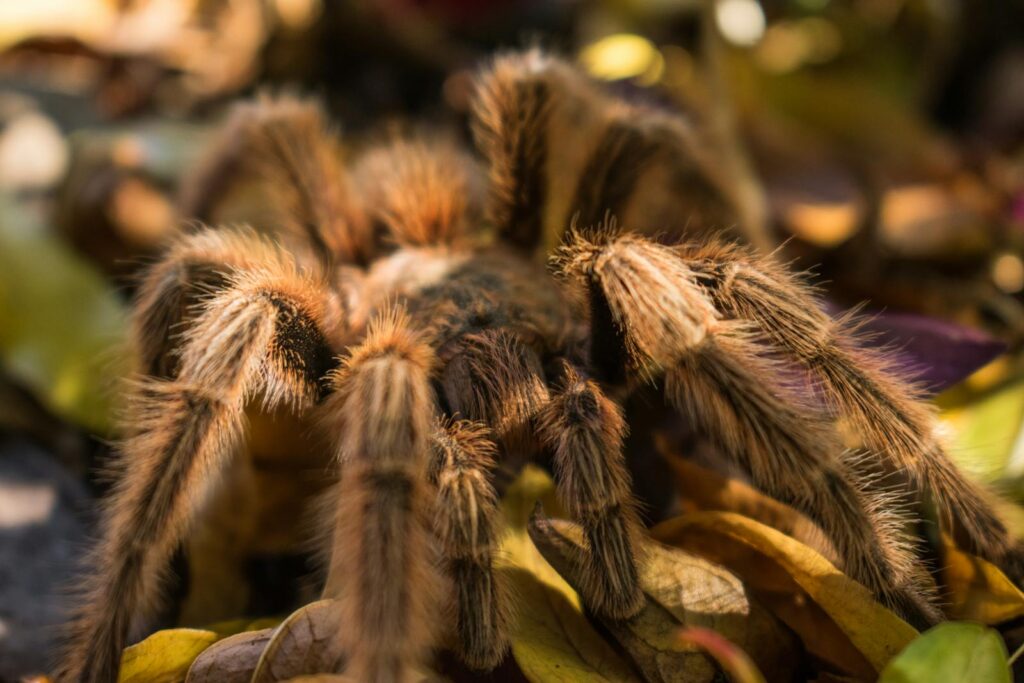
While most commonly associated with tarantulas, urticating hairs represent one of the most effective non-biting defenses in the arachnid world. These specialized hairs, located on the spider’s abdomen, can be flicked into the air when the spider feels threatened by rapidly rubbing its hind legs against its abdomen. The tiny barbed hairs become airborne and can embed themselves in the skin, eyes, or respiratory system of predators, causing intense irritation, inflammation, and sometimes serious allergic reactions. Some tarantula species can create a cloud of thousands of these hairs, effectively creating a defensive barrier between themselves and their attacker. New World tarantulas (those from the Americas) particularly rely on this defense mechanism, with different species possessing various types of urticating hairs specialized for different kinds of threats.
Camouflage: The Art of Disappearing

Many venomous spiders employ sophisticated camouflage techniques to avoid detection altogether. The highly venomous six-eyed sand spider of the Namib Desert partially buries itself under a thin layer of sand, leaving only its eyes exposed while it waits for prey or hides from predators. The bark-mimicking spider possesses coloration and body shapes that blend perfectly with tree bark, making it virtually invisible to both predators and prey. Some orb-weaver spiders incorporate debris, dead leaves, and their own molted exoskeletons into their webs, creating decorations that disguise their presence. By avoiding detection entirely, these spiders eliminate the need for active defense mechanisms and conserve the energy that would otherwise be used in confrontations or venom production.
Chemical Deterrents: Beyond Venom
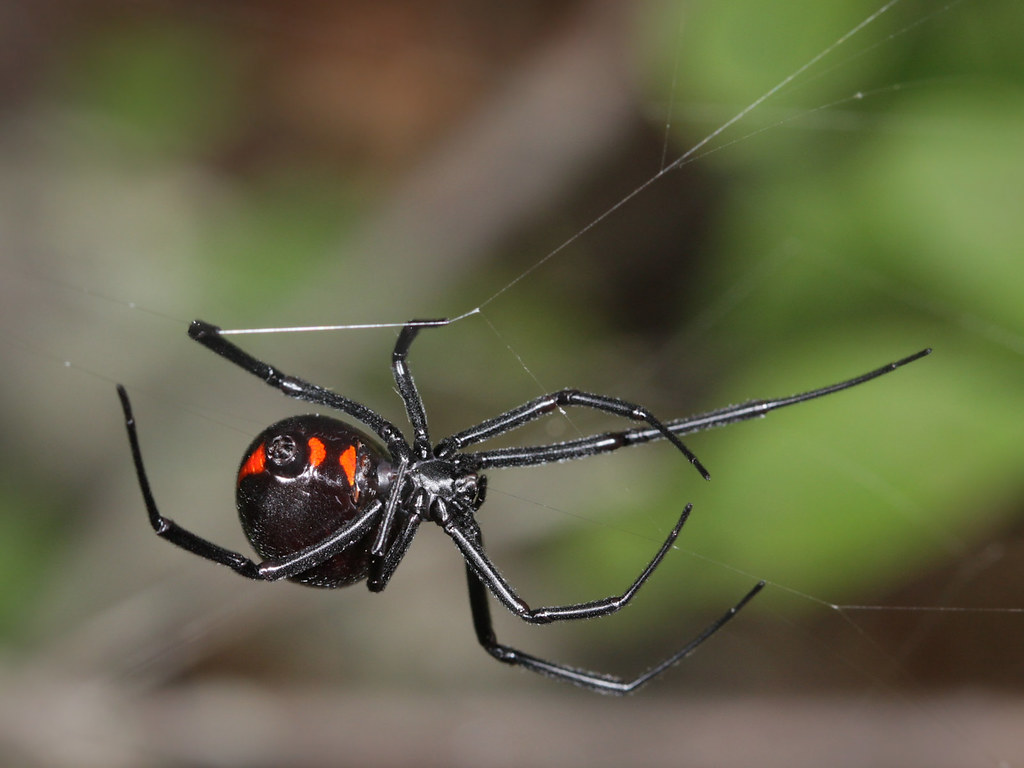
In addition to venom, many spiders produce other chemical compounds specifically designed for defense rather than prey capture. Several species in the Latrodectus genus (which includes black widows) can release defensive secretions from specialized glands that emit foul-smelling and irritating chemicals when the spider is disturbed. These chemicals serve as effective deterrents against many vertebrate predators, particularly mammals and birds whose sensitive olfactory and respiratory systems are vulnerable to such irritants. The green lynx spider can spray a toxic liquid from its chelicerae up to 20 centimeters when threatened, targeting the eyes of potential predators. Unlike venom, which is typically injected through a bite, these chemical sprays and secretions allow spiders to defend themselves from a distance without direct contact with predators.
Web Modifications: Architectural Defenses
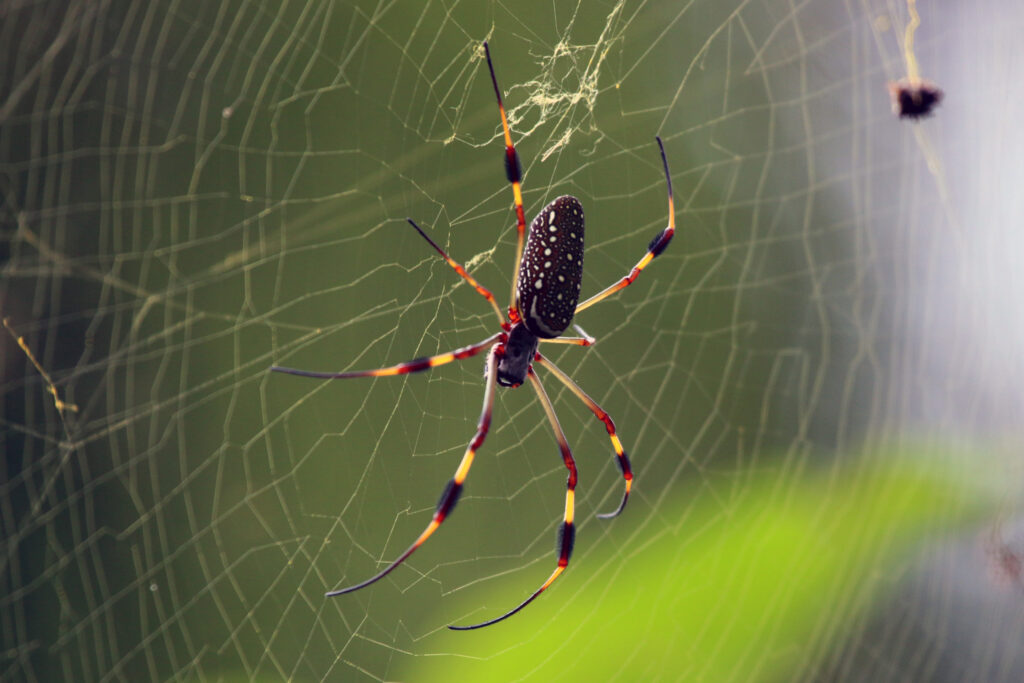
Web-building venomous spiders have evolved remarkable architectural innovations that serve as their first line of defense. The golden silk orb-weaver creates extremely strong silk with a distinctive golden hue that is highly visible to birds, preventing accidental collisions that could damage the web or harm the spider. Some species of cobweb spiders construct specialized retreat chambers within their webs where they can quickly hide when threatened. The Darwin’s bark spider, known for creating the strongest natural fiber ever discovered, builds webs spanning river sections—these elevated positions make the spider less accessible to ground-dwelling predators. Many orb-weavers also incorporate stabilimenta—visible silk patterns—into their webs, which are thought to warn away birds and other large animals that might otherwise accidentally destroy their webs and potentially injure the spider.
Speed and Agility: The Power of Movement
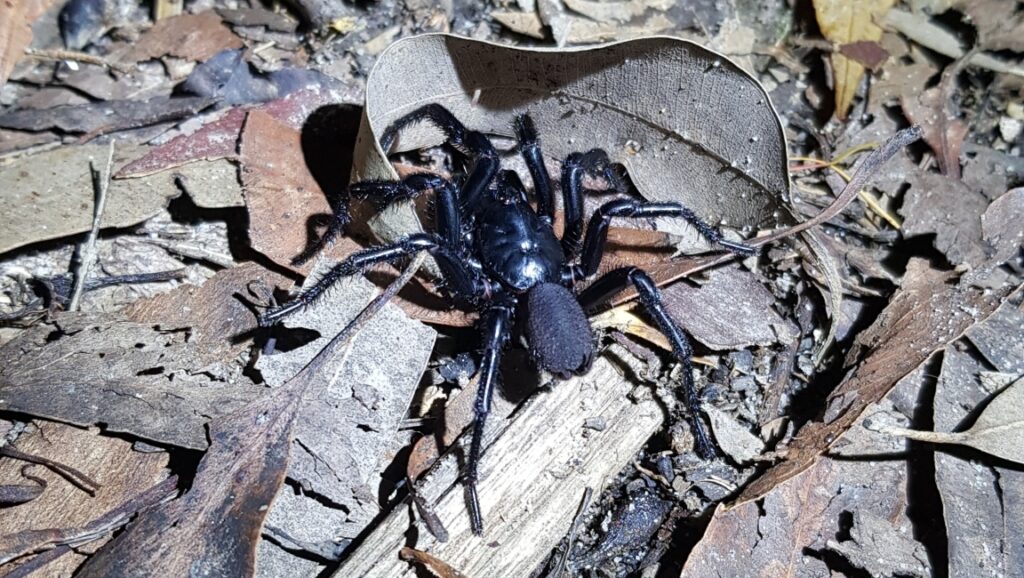
Exceptional speed and agility serve as crucial defensive adaptations for many venomous spiders. The Brazilian wandering spider, despite its potent venom, relies heavily on its remarkable speed to escape threats, capable of rapid directional changes and bursts of movement that confuse and outpace predators. Jumping spiders, some of which possess medically significant venom, can leap distances up to 50 times their body length to escape danger. The highly venomous Sydney funnel-web spider can move with surprising quickness despite its robust build, allowing it to retreat to its burrow when threatened. These movement capabilities often represent a spider’s first defensive response—fleeing from danger rather than confronting it—and showcase how venomous spiders prioritize non-aggressive defensive strategies before resorting to biting.
Autotomy: Sacrificing Limbs for Survival
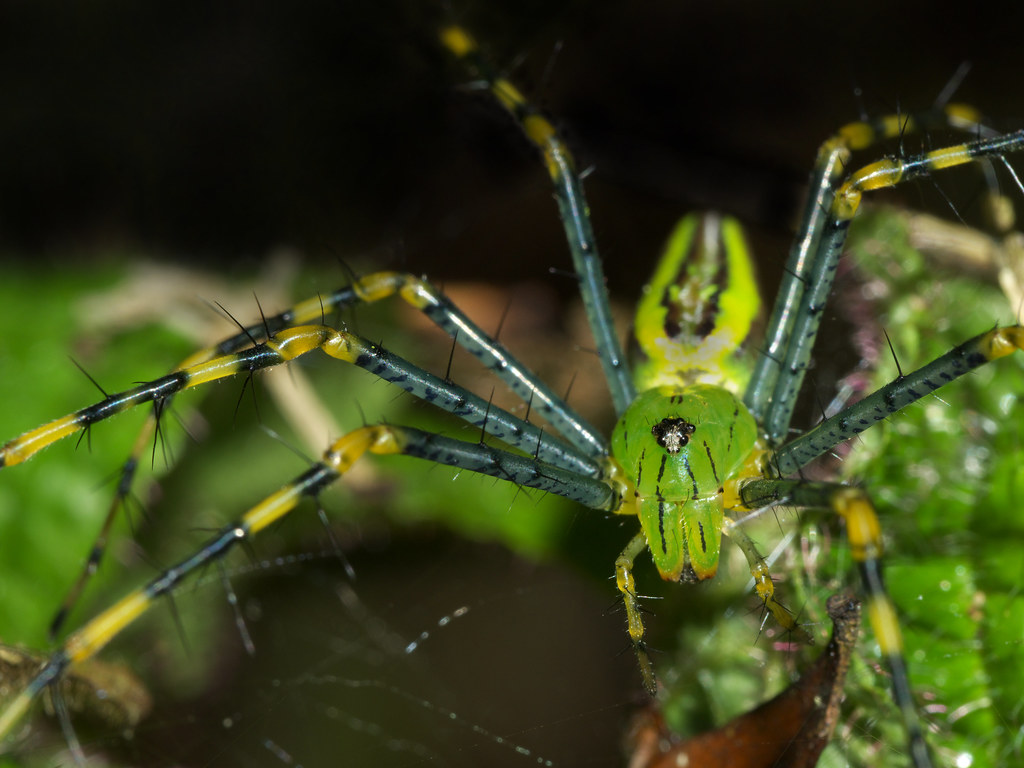
Some venomous spiders practice autotomy—the ability to voluntarily detach a limb when it’s grabbed by a predator. Unlike some reptiles that can regenerate their tails, spiders cannot regrow their legs as adults (though immature spiders may regenerate legs during molting). This sacrifice represents a significant cost, as losing a leg impacts a spider’s mobility, web-building ability, and hunting success. Despite these disadvantages, autotomy provides an immediate escape from a life-threatening situation when a predator has already made contact. The detached leg may continue to twitch due to neural activity, potentially distracting the predator while the spider escapes. This extreme defense mechanism dramatically illustrates how spiders prioritize immediate survival over long-term physical intactness.
Social Defenses: Strength in Numbers
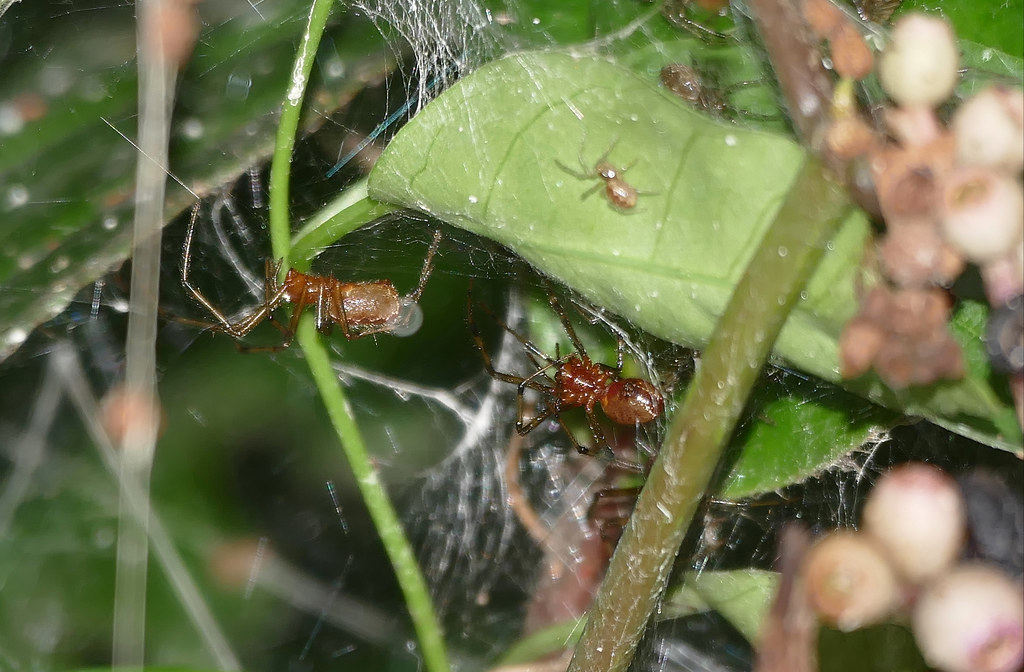
While most venomous spiders are solitary, the few social species have developed collective defensive strategies that provide protection without individual confrontation. The Australian social huntsman spiders live in family groups where multiple individuals can respond to threats, creating a more intimidating presence than a single spider. Anelosimus eximius, one of the few social spider species, builds massive communal webs housing thousands of individuals, with the sheer number of spiders serving as a deterrent to many predators. When threatened, these social spiders can coordinate their movements, with some individuals displaying threat postures while others retreat to safer positions within the colony. This division of defensive labor allows individual spiders to avoid direct confrontation while still benefiting from the protective advantages of group living.
Protective Retreats: Safe Havens

Many venomous spiders construct specialized retreats that serve as protected shelters from predators. The Sydney funnel-web spider creates silk-lined burrows with trip lines radiating outward, alerting the spider to approaching threats and giving it time to prepare a defense or retreat deeper into its burrow. Trapdoor spiders construct ingenious hinged doors camouflaged with soil, leaves, and moss, allowing them to remain hidden from predators while monitoring the outside environment through a small gap. The brown recluse, true to its name, seeks out secluded crevices and constructs irregular webs in undisturbed areas, minimizing its exposure to potential threats. These physical shelters represent passive defense mechanisms that allow spiders to avoid confrontations entirely, preserving their venom for capturing prey rather than fighting predators.
Behavioral Adaptations: The Psychology of Defense

Venomous spiders display sophisticated behavioral adaptations that help them avoid using their venom defensively. Many species exhibit distinct nocturnal activity patterns, reducing their exposure to diurnal predators like birds and lizards. The highly venomous Brazilian wandering spider typically remains motionless when initially disturbed, only escalating to threat displays if the disturbance continues. Some orb-weavers will quickly drop from their webs on a silk safety line when threatened, only returning when the danger has passed. The black widow spider typically retreats to the furthest corner of its web when disturbed, relying on its irregular web structure to impede predator movement while it escapes. These behavioral strategies reflect evolutionary pressures favoring spiders that can effectively defend themselves without depleting their venom reserves.
Abdominal Defenses: More Than Just Venom
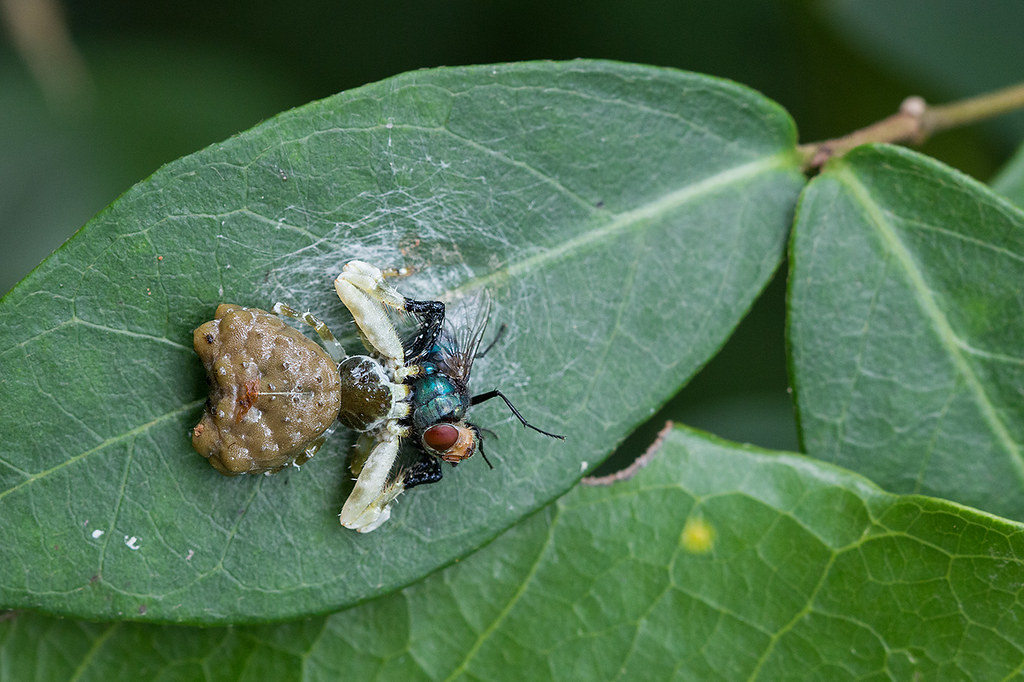
Several venomous spider species possess specialized abdominal adaptations that contribute to their defensive capabilities beyond venom delivery. The bird-dropping spider has evolved an abdomen that closely resembles bird excrement in both appearance and smell, making it unappetizing to potential predators. Some crab spiders can change the color of their abdomens over several days to match the flowers they inhabit, allowing them to hide in plain sight. Certain orb-weavers possess hardened, spiky abdominal projections that make them difficult and uncomfortable for predators to grasp or consume. The mirror spider (Thwaitesia argentiopunctata) has specialized guanine crystals in its abdomen that can expand or contract to reflect light, effectively transforming the spider’s visibility based on perceived threats in its environment.
Vibration Response: Early Warning Systems

Many venomous spiders utilize sophisticated vibration detection as an early warning system that allows them to implement defensive strategies before direct confrontation occurs. The black widow spider remains highly attuned to specific vibration patterns in its web, distinguishing between struggling prey, potential mates, and approaching predators. When predator-like vibrations are detected, the spider can preemptively retreat to a safer position. Tarantulas possess specialized hairs called trichobothria that detect air currents, alerting them to approaching threats before visual confirmation. The Brazilian wandering spider can detect minute ground vibrations through specialized organs in its legs, giving it crucial seconds to prepare a defensive response or escape. This vibration sensitivity represents a proactive defense mechanism that increases a spider’s chances of avoiding confrontation entirely.
The Evolutionary Advantages of Non-Biting Defense
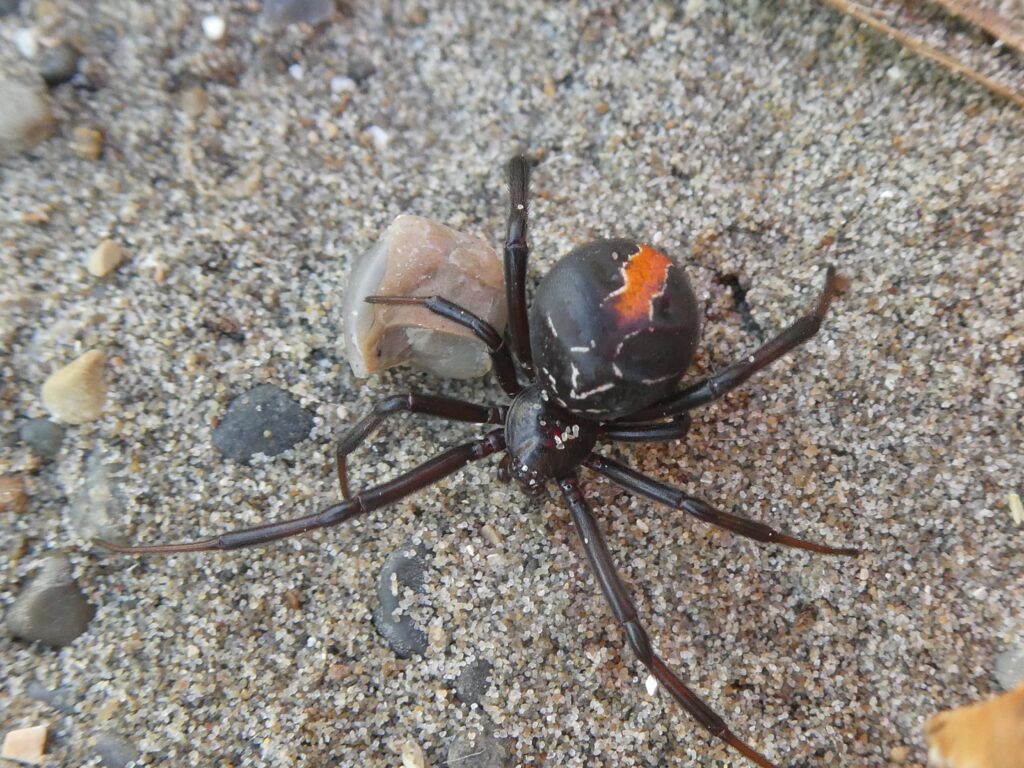
The diverse array of non-biting defensive mechanisms in venomous spiders represents a sophisticated evolutionary strategy that conserves valuable resources while maximizing survival. From an evolutionary perspective, venom production requires significant metabolic energy and time to replenish, making it advantageous for spiders to reserve this resource primarily for prey capture. Non-aggressive defense mechanisms also reduce the risk of injury that could occur during direct confrontations with predators, even if the spider successfully delivers a venomous bite. Additionally, many potential spider predators have developed resistance to certain spider venoms, making alternative defensive strategies necessary for species survival. The remarkable diversity of these defensive adaptations across different spider families demonstrates how natural selection has repeatedly favored individuals that can effectively protect themselves without relying solely on their venomous bite.
Conclusion
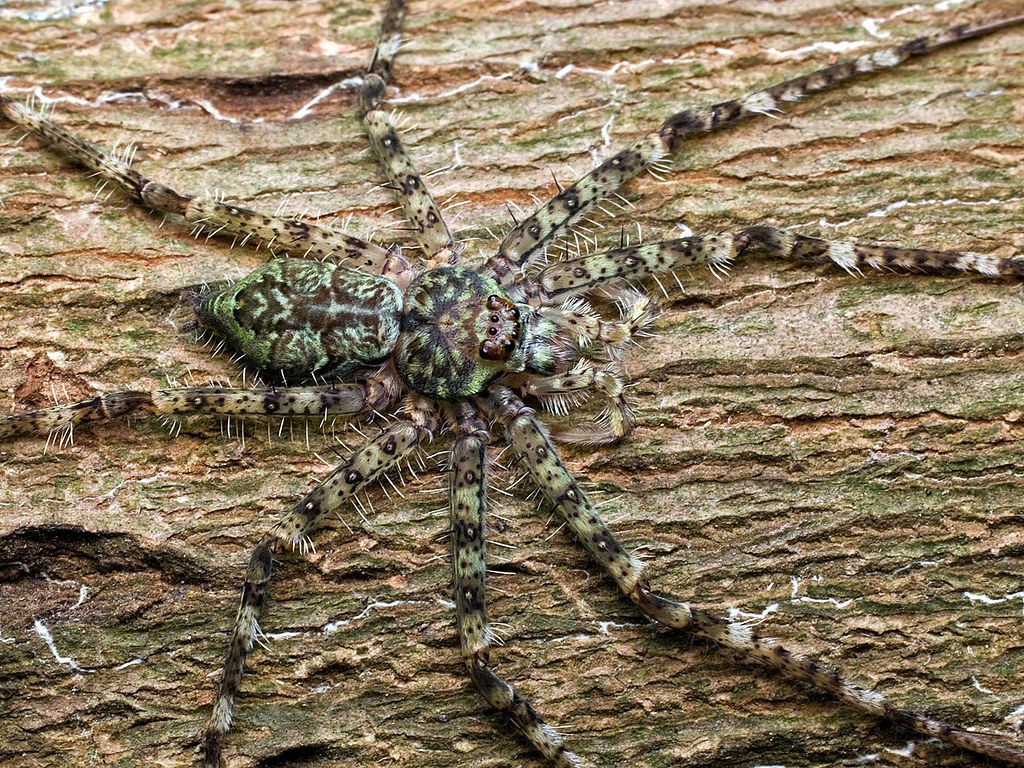
Venomous spiders represent masterful strategists in the art of self-defense, employing a sophisticated hierarchy of protection mechanisms that typically relegates biting to a last resort. From the invisible artistry of camouflage to the theatrical intimidation of threat displays, these arachnids demonstrate remarkable evolutionary adaptations that maximize survival while conserving their precious venom resources. Understanding these non-biting defenses not only provides fascinating insights into spider behavior but also helps contextualize human-spider interactions. When we recognize that these creatures are fundamentally defensive rather than aggressive, we can better appreciate their ecological role and perhaps view them with less fear and more fascination. In the complex dance of predator and prey, venomous spiders have evolved to be not just efficient hunters but also resourceful survivors that prefer avoidance over aggression.

